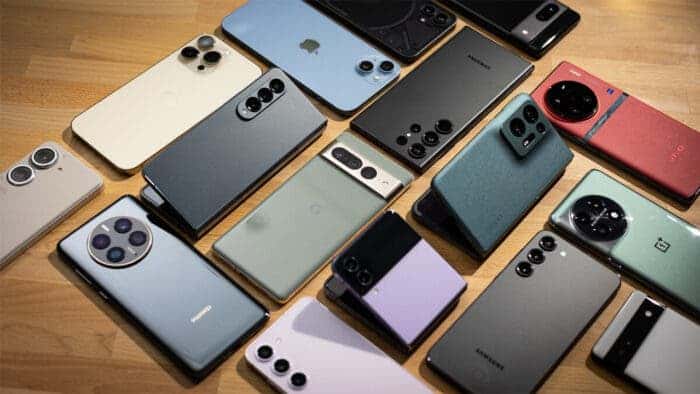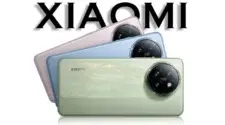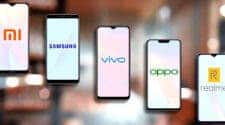In the first half of 2024, the Indian smartphone market experienced a shipment of 69 million units, marking a 7.2% year-over-year (YoY) increase. The second quarter of 2024 (2Q24) alone saw 35 million smartphones shipped, reflecting a 3.2% YoY growth. Despite these positive figures, the market faces challenges that could impede rapid annual recovery, according to the International Data Corporation (IDC) Worldwide Quarterly Mobile Phone Tracker.
Indian Smartphone Market Report: H1 2024 Analysis
Market Trends and Vendor Strategies
The second quarter leads into the critical festive sales period, which extends until November. During this time, vendors are actively clearing old inventory and launching new models, particularly in the mid-premium and premium segments. This strategy primarily involves China-based manufacturers aiming to capitalize on the monsoon sales period in July and August, as highlighted by Upasana Joshi, Senior Research Manager at IDC India.

Performance by Segment
Average Selling Prices (ASPs): ASPs increased by 2.8% YoY but decreased by 5.6% from the previous quarter, settling at $248.
- Entry-Level Segment (sub-$100): This segment saw a substantial 36% YoY decline, reducing its market share from 22% to 14%. Leading brands in this segment included Xiaomi, POCO, and realme.
- Mass Budget Segment ($100–$200): Shipments in this segment grew by 8% YoY, with its share rising to 44% from 42%. Key players included Xiaomi, realme, and vivo, which together captured 60% of this segment.
- Entry-Premium Segment ($200–$400): This segment experienced the highest growth, up 42% YoY, and its share increased to 30% from 22%. OPPO, vivo, and Samsung were major contributors, holding nearly 60% of this segment.
- Mid-Premium Segment ($400–$600): Shipments in this segment fell by 25%, reducing its share to 4% from 5% a year ago. Vivo led with a 25% market share, followed by OnePlus and OPPO.
- Premium Segment ($600–$800): This segment’s market share dropped to 2%, down by 37% in unit terms. Prominent models included iPhone 13, Galaxy S23FE, iPhone 12, and OnePlus 12. Apple increased its share to 61%, while Samsung’s share grew to 24% from 21%.
- Super-Premium Segment ($800+): This segment grew by 22%, raising its share to 7% from 6%. The iPhone 15/15 Plus/14/14 Plus accounted for 77% of shipments, with the Galaxy S24/S24 Ultra holding an 11% share. Apple led this segment with 83% of the share, followed by Samsung at 16%.
5G Smartphone Market
5G Shipments: The market saw 27 million 5G smartphones shipped, with their share rising significantly to 77% from 49% in 2Q23.
- ASPs for 5G smartphones decreased by 22% YoY to $293.
- Shipments in the mass budget segment ($100–$200) increased 2.5 times, capturing a 45% share.
- Notable 5G models included Xiaomi’s Redmi 13C, OPPO’s F25 Pro, realme’s 12x, Xiaomi’s Redmi 12, and realme’s C65.

Channel Performance
Online Channels: Shipments through online channels grew by 8% YoY, increasing their share to 50% from 47%. Motorola entered the top five online vendors in fourth place, while vivo climbed to second place, driven by its T series models.
Offline Channels: Shipments through offline channels declined by 2% YoY, largely due to severe heatwaves in India.
Brand Performance and Outlook
vivo continued to lead the market for the second consecutive quarter, with new launches across various price segments including the Y series, mid-premium V series, and flagship X Fold 3 Pro. Motorola showed the highest growth, while Nothing achieved the second-highest growth among all brands.
Looking forward, the trend towards premium smartphones, driven by Apple and Samsung, combined with rising device costs, is prompting China-based brands to seek expansion beyond the mass segment. The entry-premium segment is expected to continue its growth, while the entry-level segment will likely face ongoing challenges despite efforts to introduce affordable 5G smartphones.
Marketing efforts surrounding GenAI smartphones are anticipated to intensify, with significant promotional activities expected, as noted by Navkendar Singh, Associate Vice President of Devices Research at IDC.





